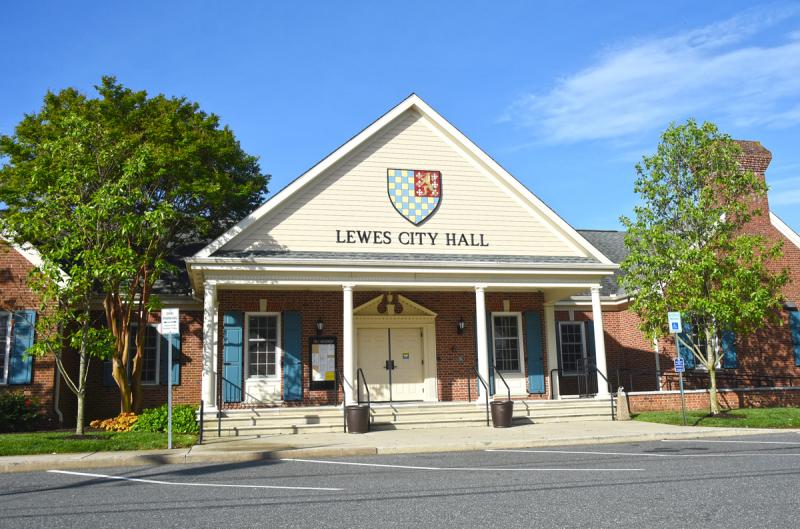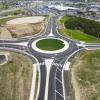In response to a tremendous increase in the use of wireless service, providers like AT&T and Verizon are expanding their infrastructure to provide better service at the beach.
Dozens of small cell towers, which cover a radius of 250 to 1,000 feet, have been installed in Rehoboth Beach and Dewey Beach over the last year. So far, none have been requested in Lewes, but city officials are planning for the inevitable.
“One thing [many municipalities] struggle with is that they don’t have standards on the books when wireless companies come in, and then they’re behind the eight-ball,” said planning consultant Tom West.
West has been working with the city’s Planning and Development Officer Janelle Cornwell and the planning commission to draft a revised wireless ordinance and develop design standards for small cell antennas.
The ordinance dictates how far wireless equipment can be from other equipment, the minimum height equipment can be on a pole and how antennas are handled in the historic district. Design standards aim to ensure the equipment blends in with the city.
“I think the key is to do our best in partnership with the providers and Board of Public Works to deliver the best coverage we can to our citizens without making Lewes look like a picket fence of poles,” said Deputy Mayor Bonnie Osler. She said design standards are an important factor for integrating the devices into the fabric of Lewes.
At an Oct. 20 public hearing, Bonnie Metz, vice president of external affairs for Verizon, provided comments on the proposed ordinance. Overall, she said, the company was pleased with what was proposed.
“I think this is a good first step,” she said. “When we get a good ordinance, I certainly make it known up through the ranks that Lewes is a good place to look for investment.”
Joseph Davis, assistant vice president of AT&T, also applauded Lewes officials for being proactive. Action now will serve all parties better when an application finally comes through.
“Kudos to the city for being ready with the mechanisms in place so you’re not scrambling when providers are knocking on your door,” he said.
It’s very likely wireless providers will be calling soon, Davis said, because wireless traffic continues to increase at an amazing rate. Since 2007 – when the iPhone was introduced – AT&T’s mobile network has grown more than 580,000 percent. It has only increased during the pandemic, he said, as AT&T has 391 petabytes – 391,000 terabytes – of traffic daily. Pre-pandemic, AT&T was seeing as many as 15,000 texts per second on its network. Since the pandemic began in March, Davis said, the peak has risen to 23,000 texts per second.
Metz said Verizon is seeing comparable changes.
Small cell antennas are used to deal with the massive network usage, providing service to a smaller area that needs a boost. Davis equates small cell antennas to the exit on a highway.
“If traffic gets too congested, it slows everything down,” he said. “Small cells allow for traffic to keep moving, just like an off-ramp of a highway.”
For resort areas like the Delaware coast, he said, the need for a better network is greater in the summer when the area is much more heavily populated.
“Customers are coming in from all over and they expect the same level of service,” he said. “I don’t think that’s a negative; that’s a reality.”
Mayor and city council will likely vote on the ordinance and design standards at its November meeting. The record will remain open for public comments through 4 p.m., Friday, Oct. 30. Detailed information can be found at www.ci.lewes.de.us/276/Wireless-Facilities.






















































